Recently, I’ve been thinking about the feeling I have that ultrarunning races (ultramarathons) are exclusionary.
Running is theoretically very accessible: you go out and do it. No special equipment or clothes needed. Same for ultrarunning: go run a distance longer than a marathon (26.2 miles or ~42 kilometers). You don’t even have to do it in an organized “race”, as many of us run DIY or solo ultramarathons for training or in lieu of races (like I did for my 82 miler). Run 26.3 miles? Technically you’re an ultrarunner (although it’s more common for a 50k/31 mile race to be the first distance most people consider ‘ultra’).
For many people, though, an organized ‘race’ or event is important for a number of reasons. It provides a commitment device and a firm and hard deadline for which to train. It might be the only safe way to achieve a distance, with aid stations and volunteers to support achieving the endeavor, if they don’t have family or friends able to crew runs otherwise or lack safe places to run these distances. It also provides motivation and camaraderie of setting out to achieve the same goal as a group of other people at the same time. And of course, it provides competition – not only with one’s self to achieve their best that day, but also against other people.
Most of us, though, statistically aren’t racing in an ultramarathon for a podium place or top-whatever finish.
So why do the rules work to exclude so many people from participating in ultramarathons?
I’m talking about rules like those often found listed in the 200 mile ultramarathon race descriptions and rule handbooks that say that aid cannot be administered outside of the aid station. Crew may not hand anything to racers outside of the aid station:
- Cowboy 200, runner manual last updated 8/16/22: “Crew is only allowed to assist runners at FULL/MANNED aid stations. No exceptions. Crew cannot give anything to or take anything from runners anywhere except at manned aid stations.”
- Bigfoot 200, 2022 runner manual: “Pacers are not allowed to mule (carry items) for their runner. Pacers may not give their runner any aid, food or water unless it is an emergency situation, in which case the runner may be disqualified. Pacers are for safety, not for giving aid or gaining an advantage over fellow participants.” and “Crew may not meet their runner between aid”
- Tahoe 200, 2022 runner manual: A full disqualification may be given if “Contacts crew anywhere between aid stations; Has crew leave items left for the runner anywhere along the course; Takes outside aid between aid stations”
- Moab 240, 2022 runner manual – same as above Tahoe 2022
- Cocodona 250, accessed January 2023: “Crew may not meet their runner at any point on the course other than designated crew access aid stations. Runners will be automatically disqualified for receiving aid from crew outside of crew access aid stations.”
It’s a thing in 100 miles races, too.
- Western States 100, 2023 participant guide: “Runners may not accept aid or assistance from their crew or other spectators in between crew-accessible aid stations.” and “Pacers may not carry water, food, flashlights, shoes, clothing, or other supplies for their runner or provide any other type of mechanical or physical assistance to their runner on the course.”
- Hardrock 100, 2022 guide: “No stashing of supplies along the course and no accepting aid except within 400 yards of a designated aid station.” and “Pacers may not carry water, food, flashlights, shoes, clothing, or other supplies for their runner or provide any other type of mechanical or physical assistance to their runner on the course.”
Why is this a problem?
Well, say that an ultrarunner has type 1 diabetes and uses an insulin pump and the insulin pump breaks. (Battery dies; the pump itself smashes against a rock and breaks the screen; or like in my 82 miler last year, the water busts the button panel and it is no longer operable.) If you have a backup pump and a crew member, in a non-race setting they’d simply bike or run or drive out to you (whatever was feasible and safe for them) and hand you the pump. You’d replace it, and continue on your way.
But according to the ‘rules’ of these ultramarathon ‘races’, you’d be immediately disqualified and stopped from continuing the ultramarathon. In order to not be disqualified, you’d have to wait until you got to the aid station to swap to a backup insulin pump. Sure, you’d likely have a back up insulin delivery method (syringe or insulin pen), but those are stop gaps and not a strategy to get you to the end of the race, most likely. Knowing those rules, it incentivizes non-optimal decision making of participants to choose to continue for miles (in some cases, could be hours to the next crew-accessible aid station), all the while racking up high blood sugar and low insulin levels that can be really, really, physically unpleasant and further put ultrarunners at risk of physical injury due to the altered state of unnaturally high blood sugar levels.
My guess is these rules are there to limit cheating and a non-fair playing field for those competing for podium. (In some cases, it might be to limit traffic on narrow parts of trail, etc. so for safety reasons, but for the most part the reasons cited seem to be about ‘a fair playing field’.)
But you know what? It’s already an unfair playing field between them and people with diabetes: because those runners without diabetes have a fully functioning insulin production system inbuilt to their body! People with diabetes are already at a disadvantage. Allowing someone to switch to their backup insulin pump outside of an aid station isn’t an unfair advantage or “cheating”, nor does it even “level the playing field” with the other runners.
Instead, the ability to get medical supplies for a chronic disease outside of an aid station reduces medical and physical injury risk to the participant.
Maybe you think I’m being dramatic about the rules of these races and feeling excluded from participating. Because in fact, I do feel excluded. I know things can happen and there’s no point in paying hundreds or thousands of dollars to participate in an event where if I need to switch medical equipment mid-race and outside of an aid station, that I’ll be disqualified and receive an automatic DNF (did not finish) on my race record.
Further, there are other races with even more stringent rules that point blank exclude people with diabetes from participating at all in their races.
Yes, really.
In 2021, UTMB (one of the world’s top ultrarunning race series) announced a new medical policy (based on the Quartz Program) that forbids use of any substance on the WADA (World Anti-Doping Agency) Prohibited List that would require a TUE (therapeutic use exemption) within 7 days prior to competition or during competition.
Guess what’s on the WADA Prohibited List? Insulin.
So if you use insulin and are an athlete in another sport, you get a TUE approved and you’re allowed to participate in your sport despite using insulin for insulin-requiring diabetes.
But as a person with diabetes, you’re banned from participating in UTMB’s races! People with insulin-requiring diabetes can’t go 7 days prior to an event without insulin, nor can we go the entire race (hello, 105 miles takes a long time) without insulin. So this means we cannot participate.
This is dumb and outright exclusionary. There’s other people with healthcare conditions who are now outright banned from participating in UTMB races, too. The same exclusionary ‘health’ “program” has also been used by the Golden Trail Running Series.
This makes ultrarunning exclusionary for people with most chronic illnesses.
Think I’m being dramatic again? Check out this quote from an interview with the organizer of the health ‘program’ that UTMB used to generate this list of requirements:
“Whether the athlete is under the influence of drugs or sick, our role consists of protecting them and therefore stop them from starting the race.”
They outright say they’re trying to stop athletes from starting the race, under the guise of policing what is healthy and safe for trail and ultrarunning. It doesn’t allow for individual evaluation.
Point blank: I’m excluded, and so are many other people with chronic illnesses, despite the fact that we are likely in better health than many other prospective participants of the race, regardless of chronic illness.
Personally, I think having a chronic illness, as hard as it makes ultrarunning, makes me better prepared and a better ultrarunner: I am very experienced with listening to my body and adjusting to challenging situations and dealing with physical and medical adversity. I do ultramarathons in part because they are hard and challenging. They’re hard and challenging for everyone! That’s why so few (relatively speaking) people run ultramarathons. If it was easy, everyone would have done it.
But no one should be prevented from entering a race because of living with a chronic illness.
If you’re willing to put in the training and cover the miles and plan what you need to do in order to achieve this with your medical devices and life-critical medications? You should do so. You should not be discouraged from taking the best possible care of your body before, during, and after an ultramarathon. That is what these policies do at best: at worst they exclude you outright from entering the race.
Race directors and race organizers, your ultramarathon policies are exclusionary. You should fix them.
—
Fellow ultrarunners, I encourage you to ask race directors to update their policies, too.
How?
Take a leaf out of Tunnel Hill 100’s book. They say (bold emphasis mine):
“USATF SPECIAL NOTICE: No American, or World Record, including age group records, will be recognized for any athlete who:
1) receives aid outside of a designated Aid Station area, OR
2) uses a pacer who is not entered in the race. These rules fall under the “unfair advantage” rules.
NOTE: Don’t worry about these rules if you aren’t going to set any records other than your own personal records.“
This is how it should be done: make it clear what rules apply to elite/pro runners (aka podium/top 10/whatever places get rank or $$$) and which ones do NOT apply to the rest of us.
Don’t make people with chronic diseases pay yet another time tax to have to contact the race director and (in the US) ask for an accommodation under the Americans with Disabilities Act. Or point out, if declined, that it’s illegal to exclude people with disabilities (which includes people with most chronic diseases). We do enough work and already pay a lot of “time tax” for acquiring health supplies and managing our chronic diseases; don’t put MORE hoops in front of us to be able to participate and run.
That’s not equitable, nor fun, and it’s yet another barrier to keep more people out of running these races and events.

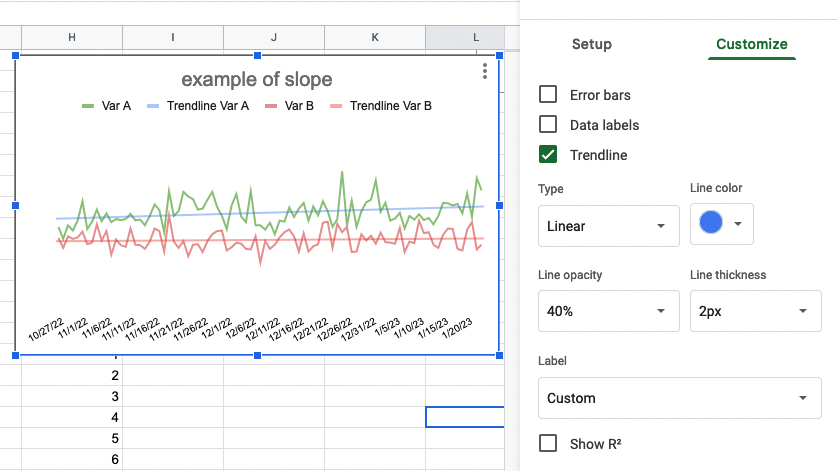
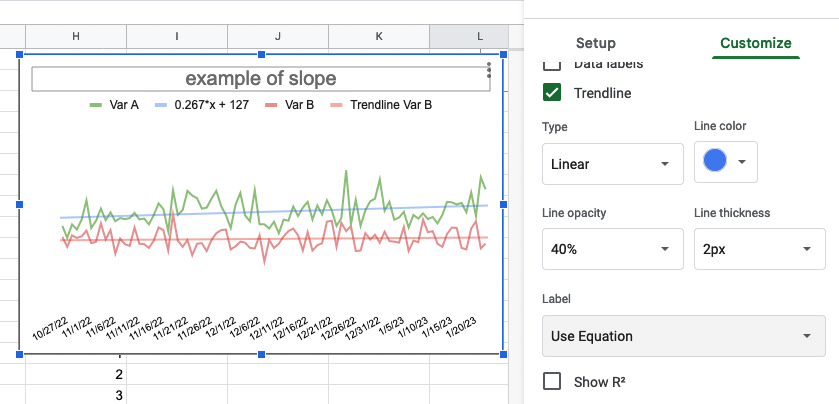
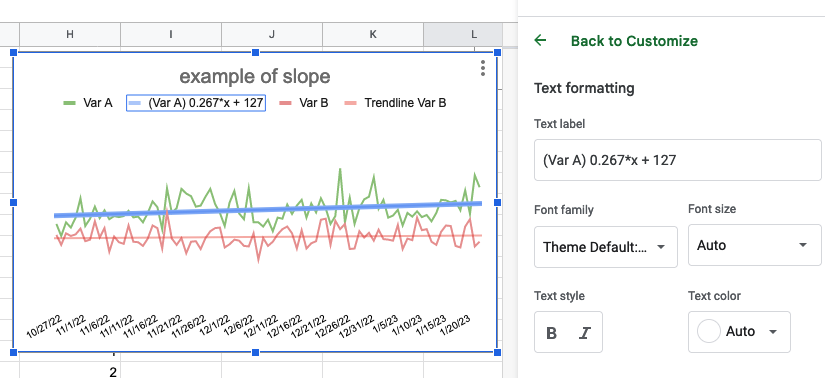
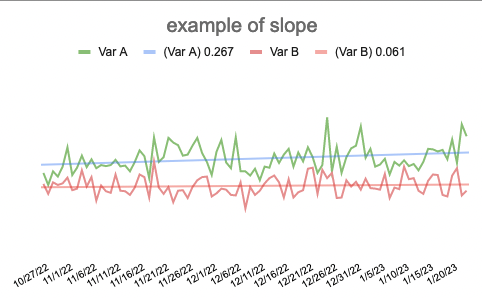
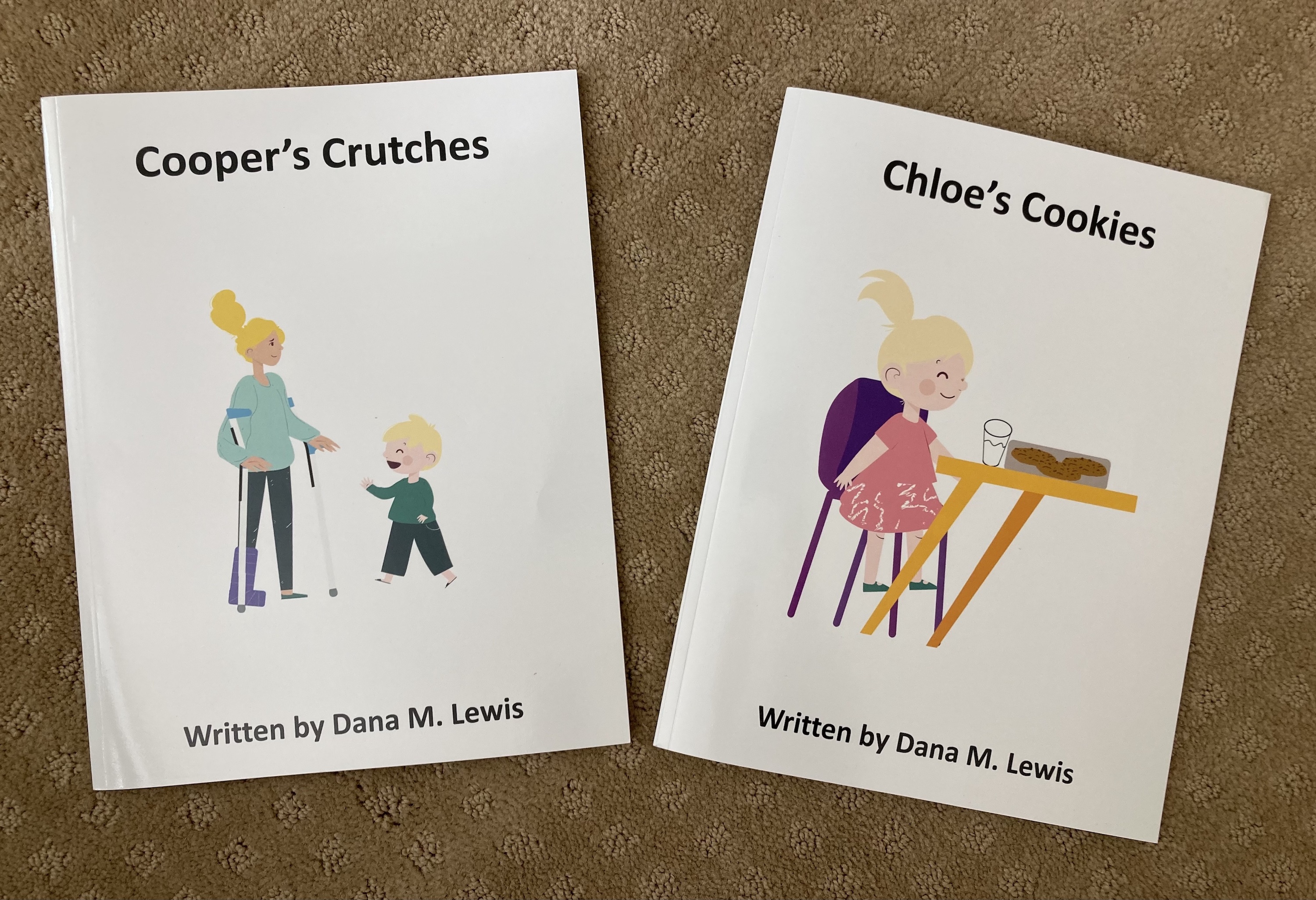


 )
)
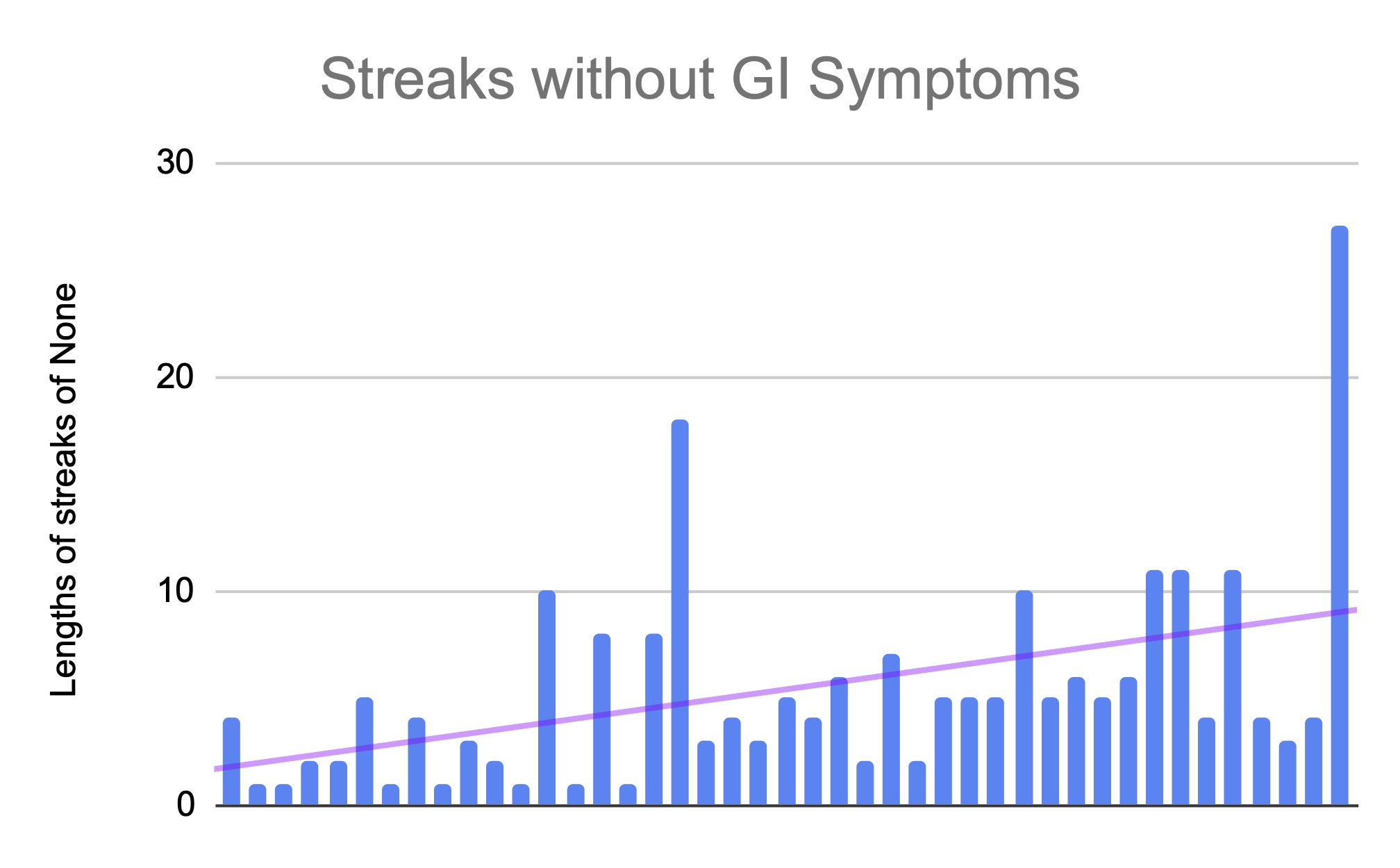
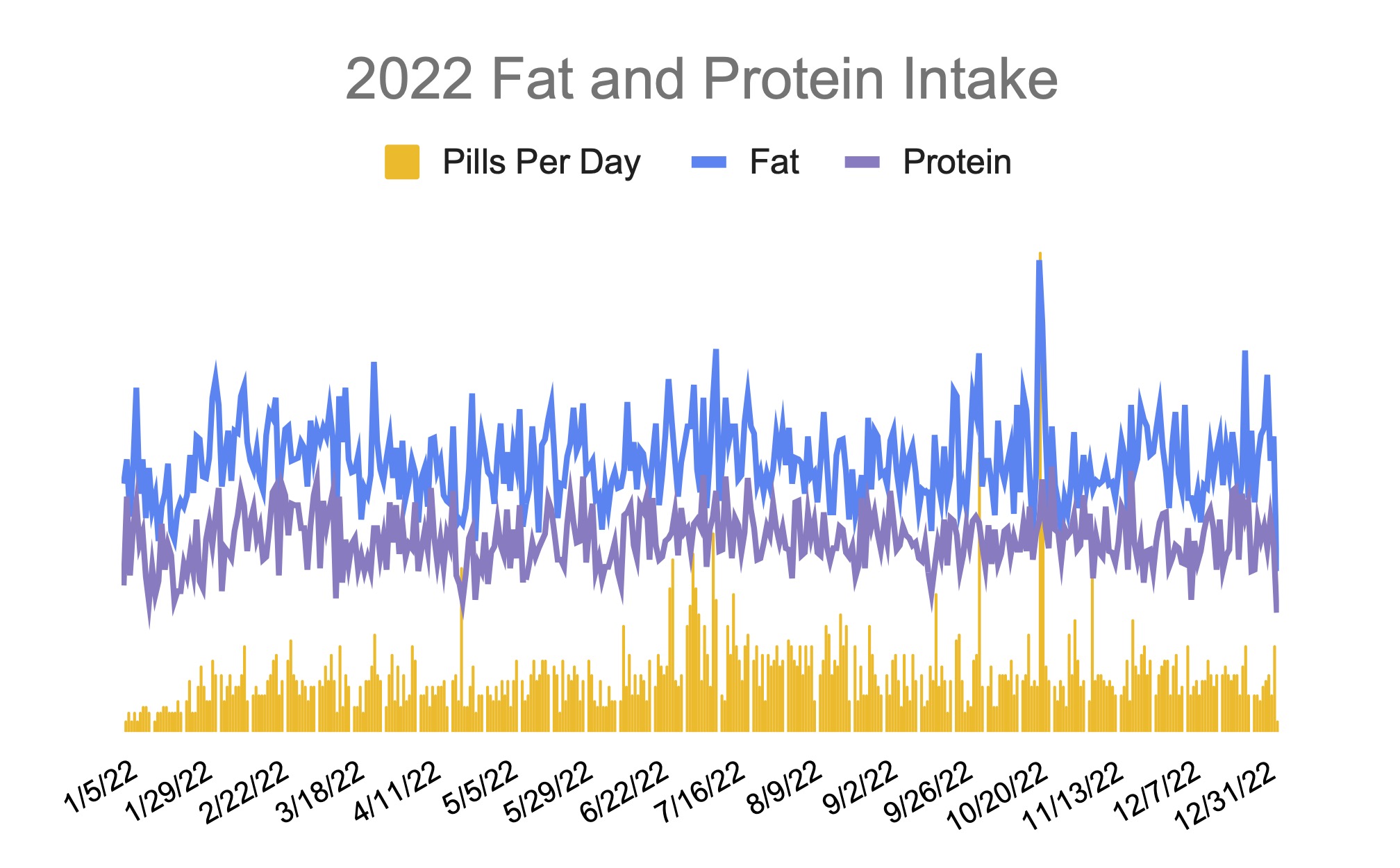
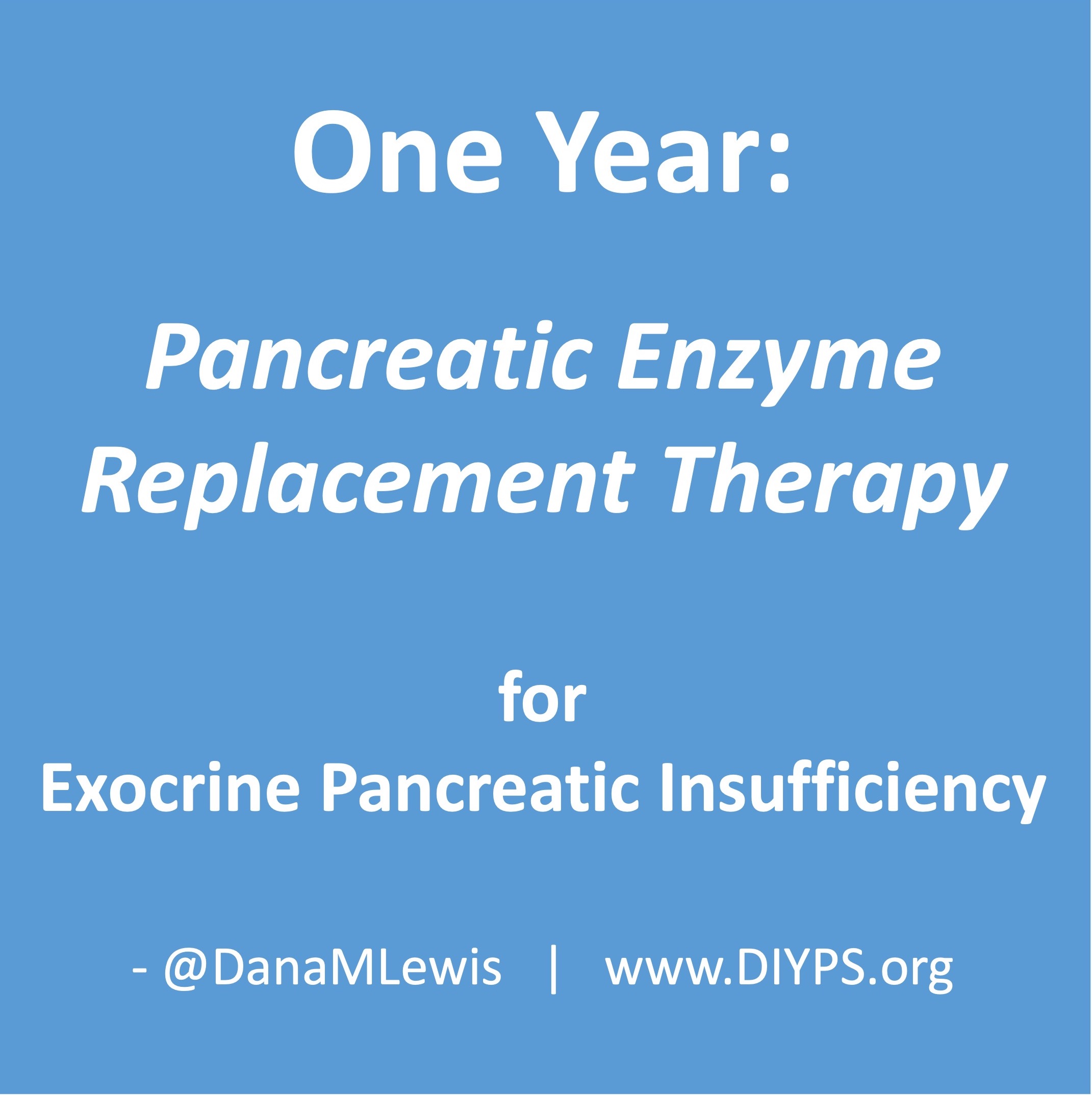



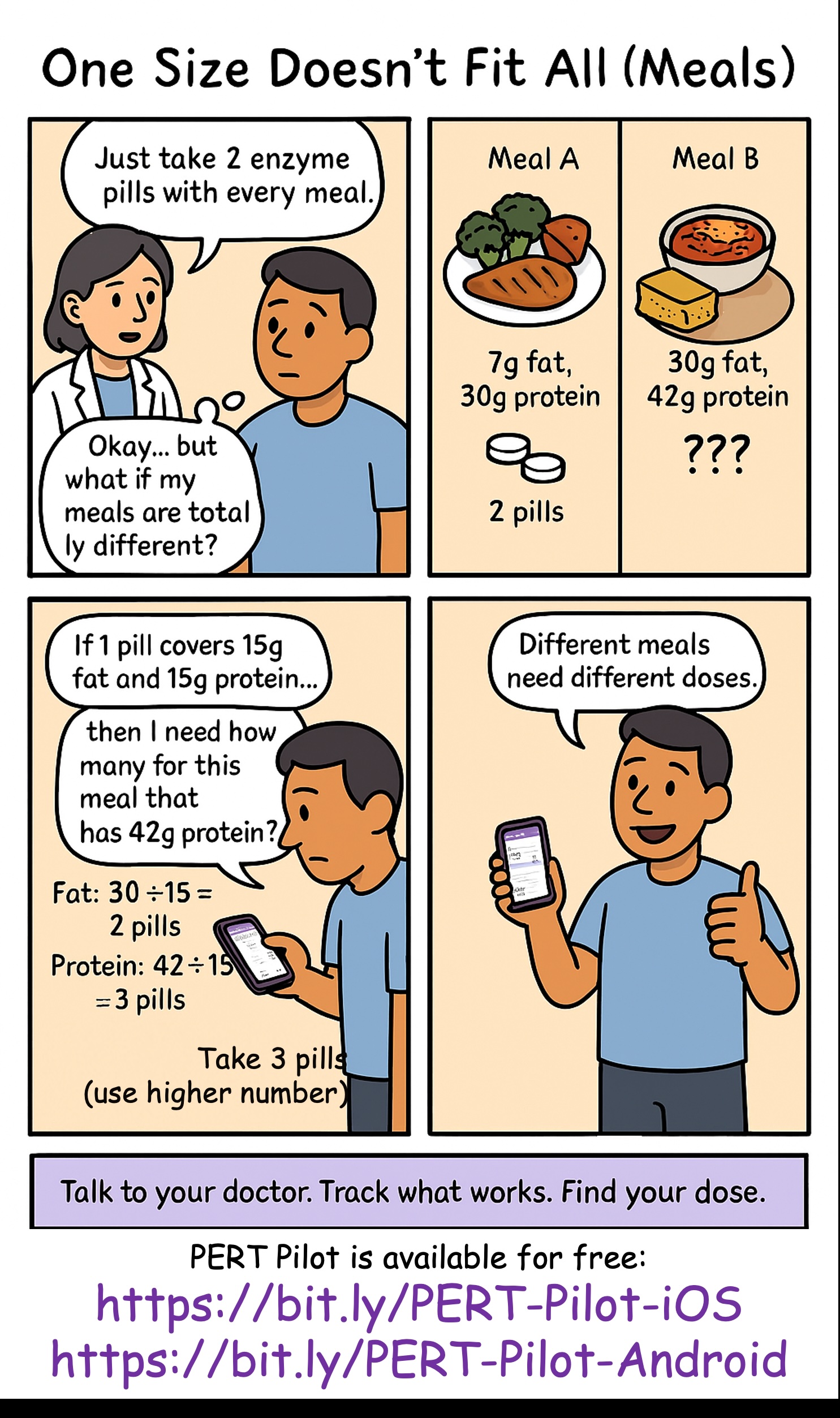
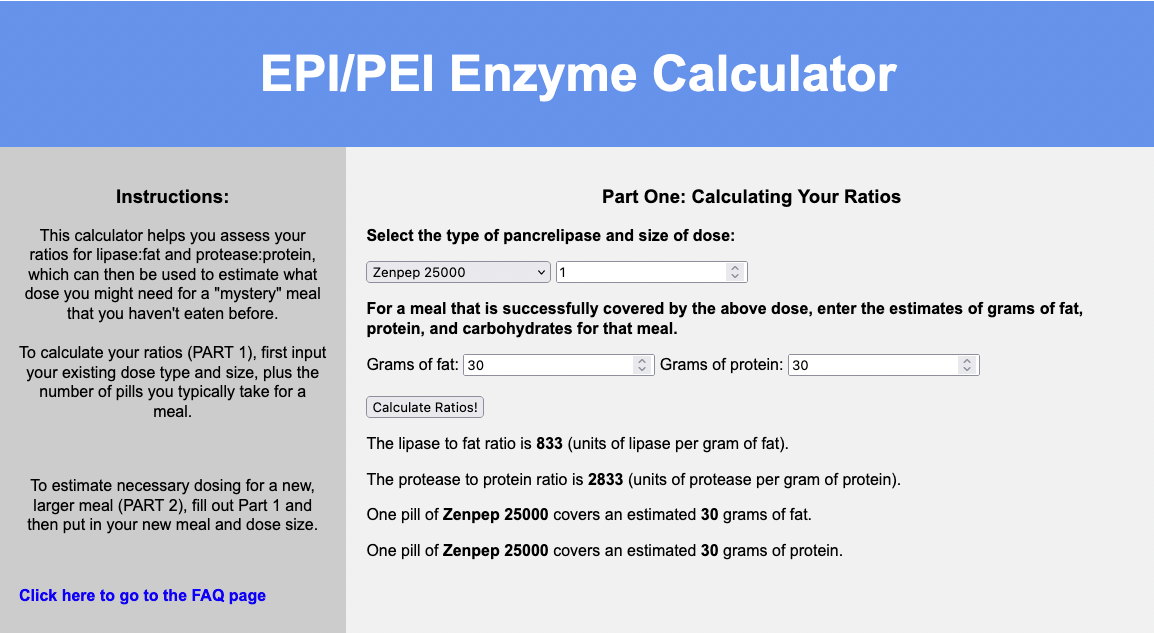


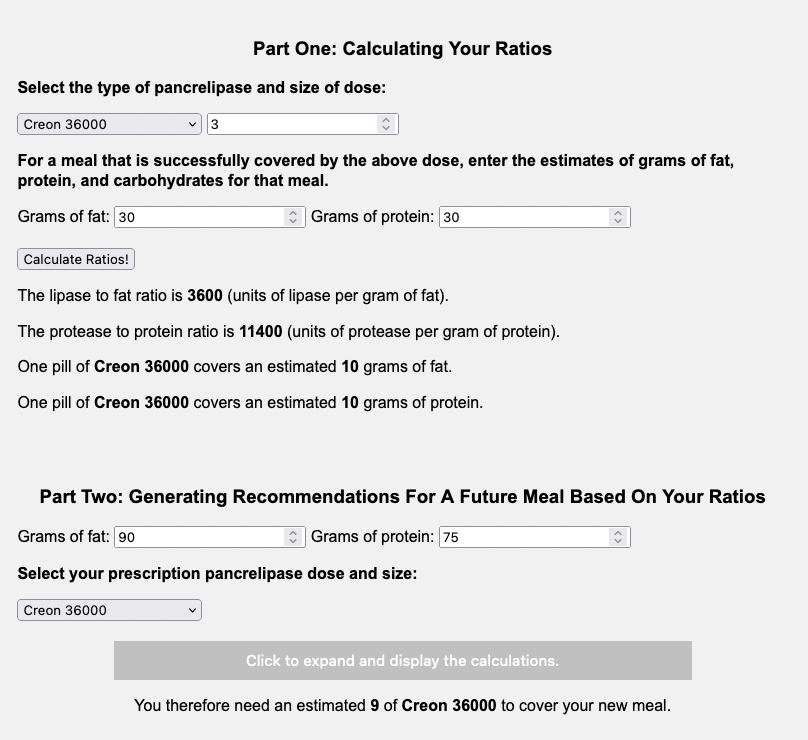
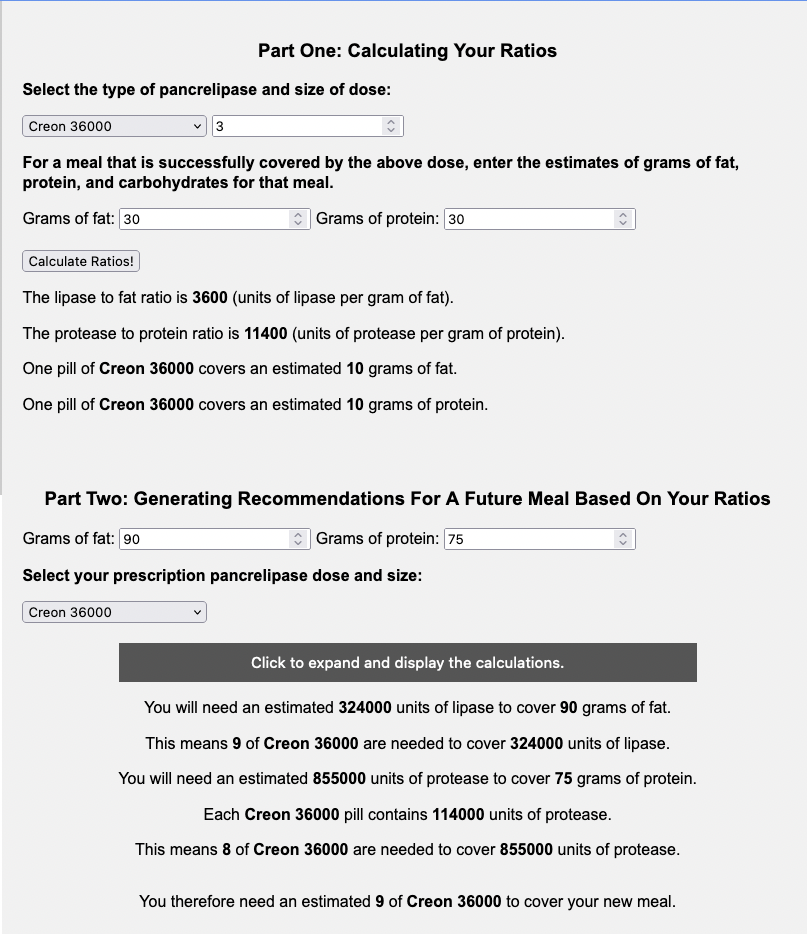
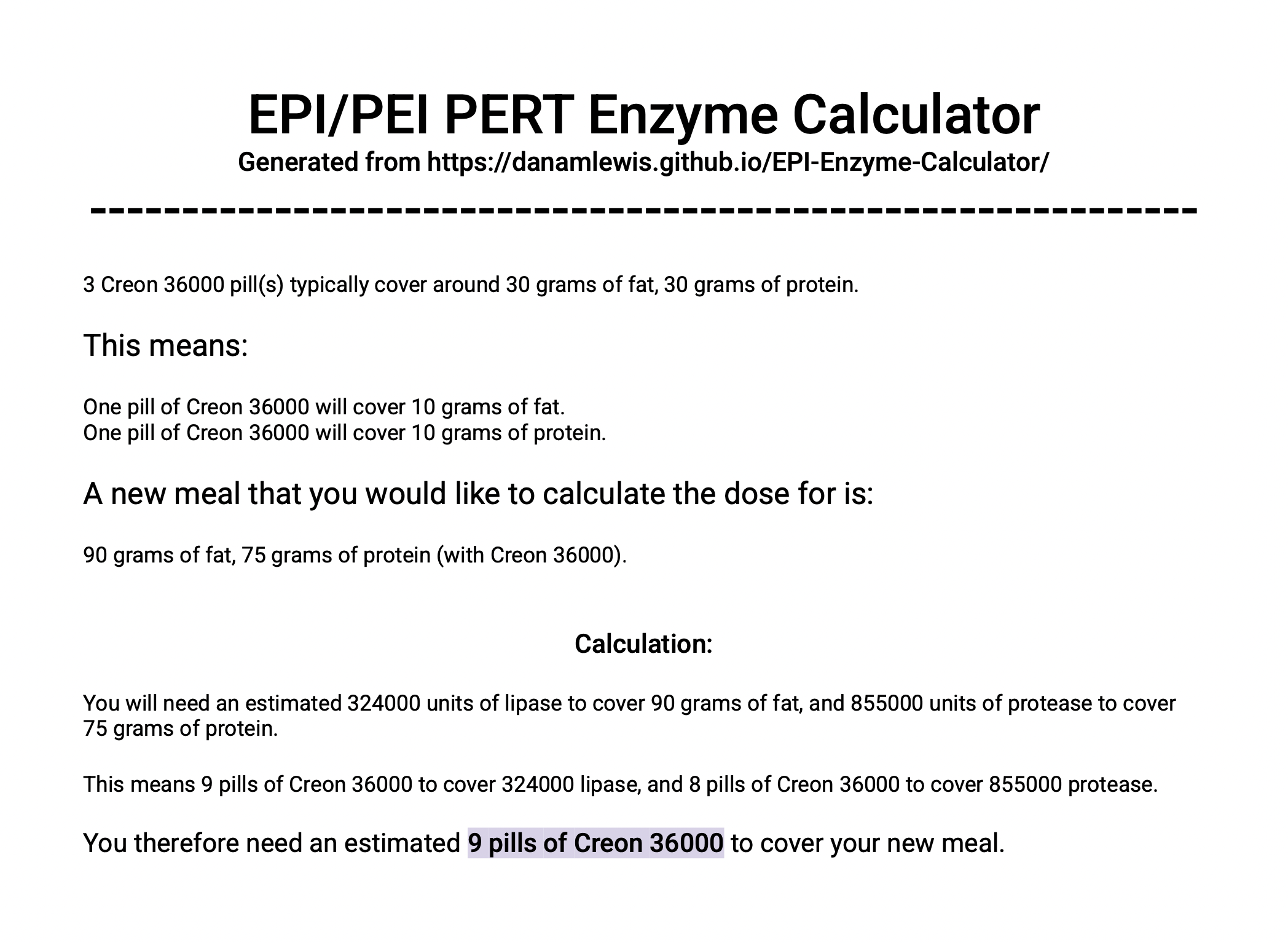
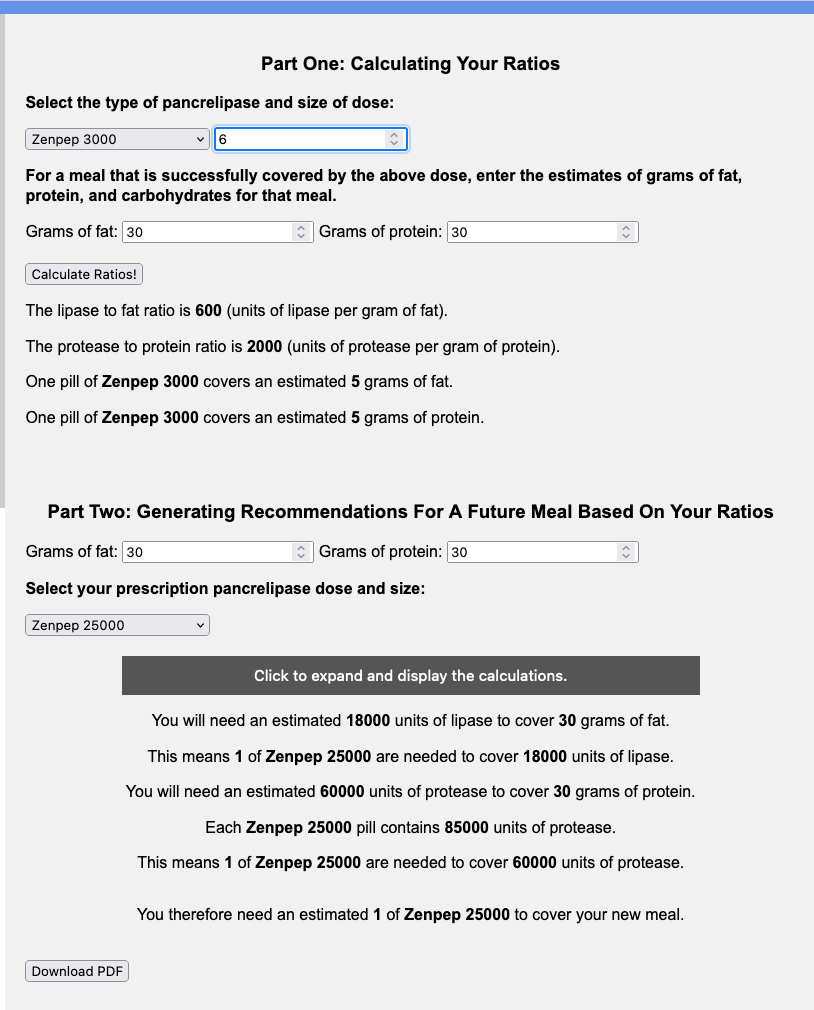
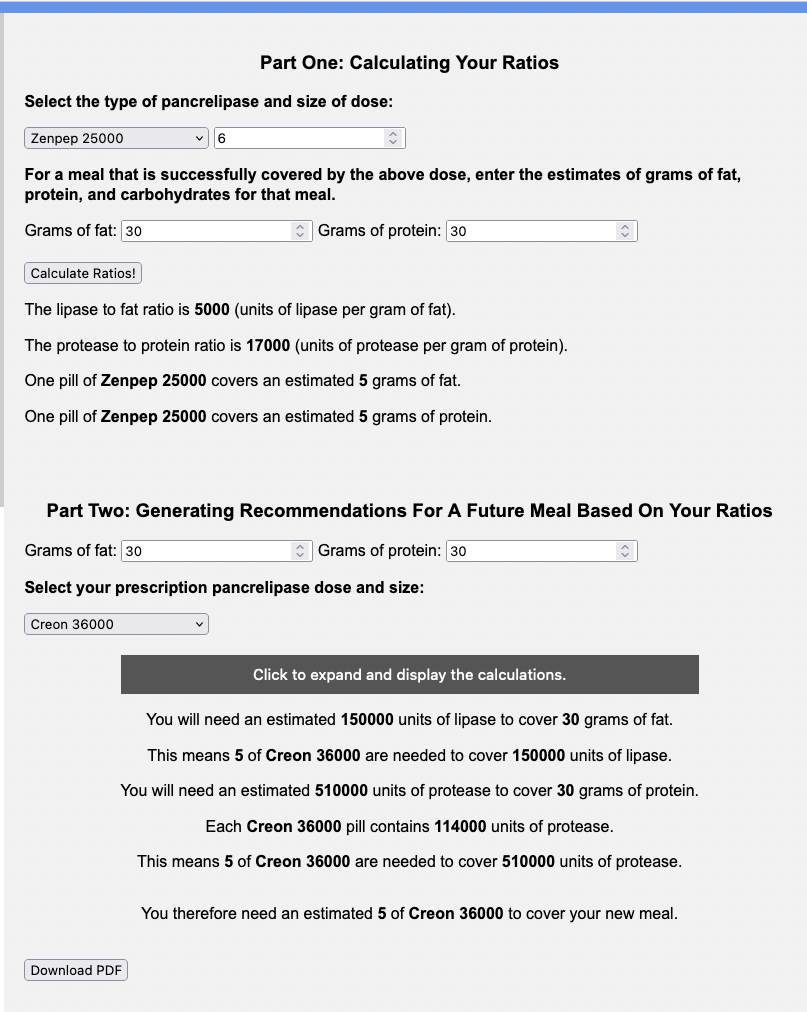
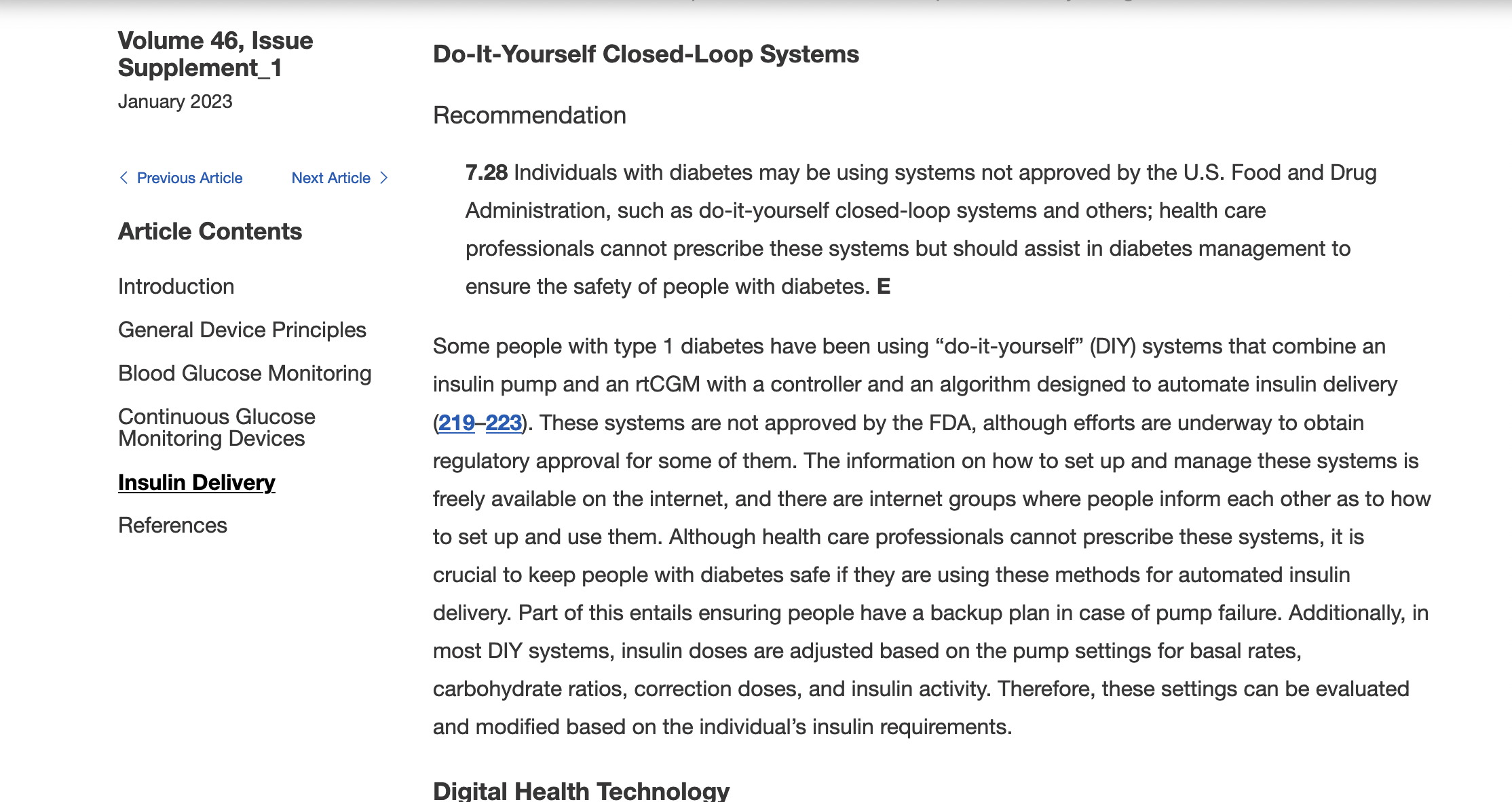
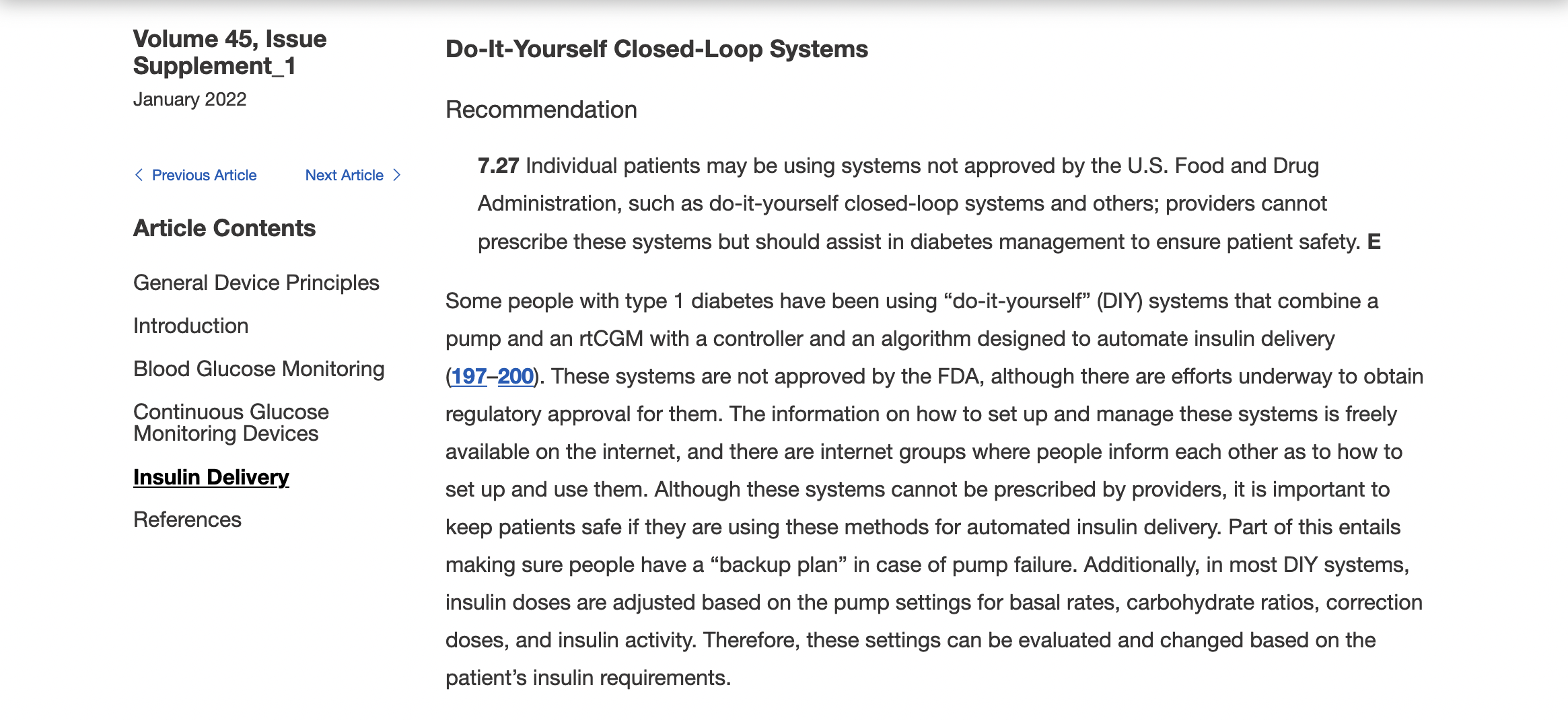
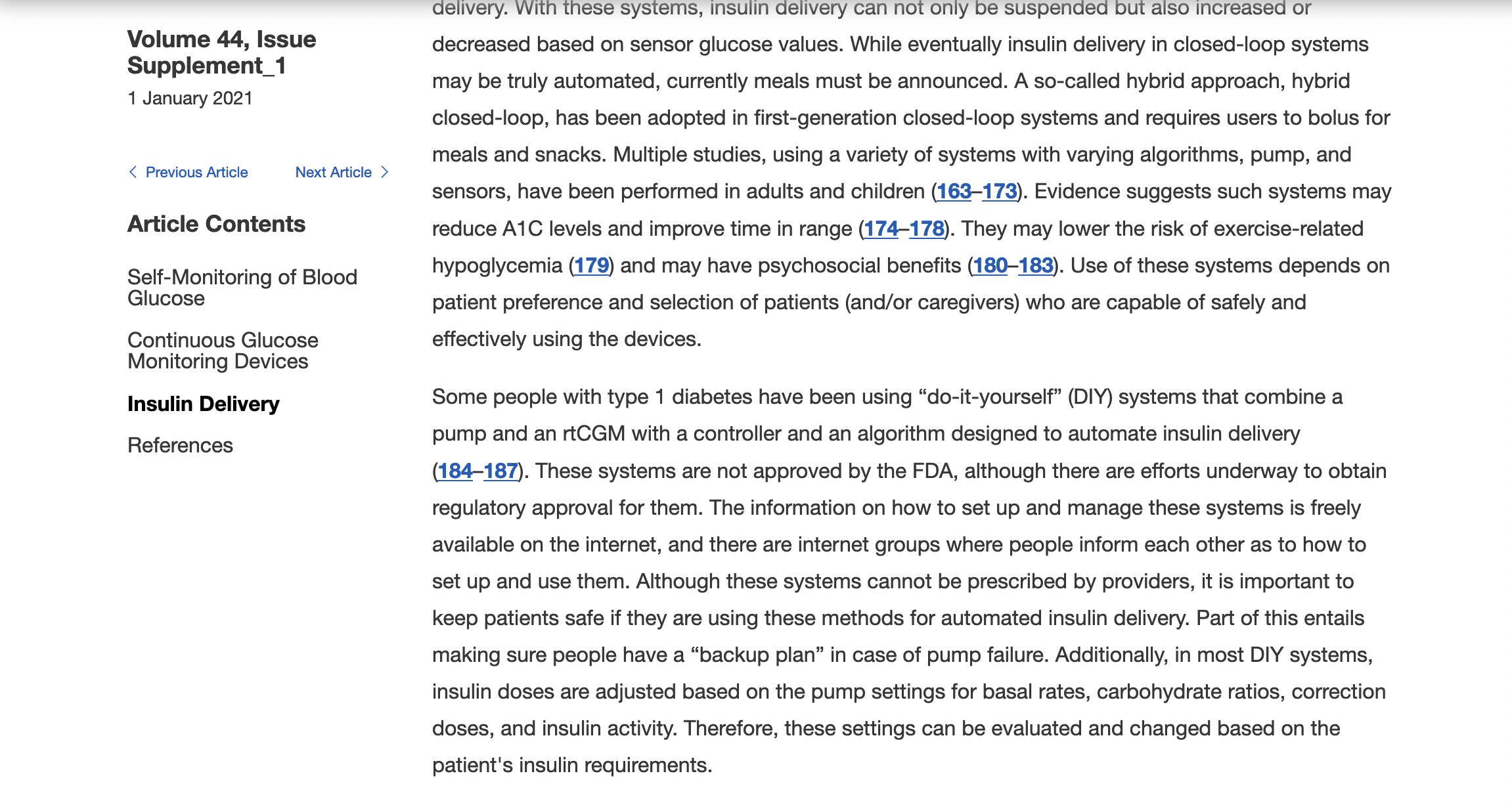
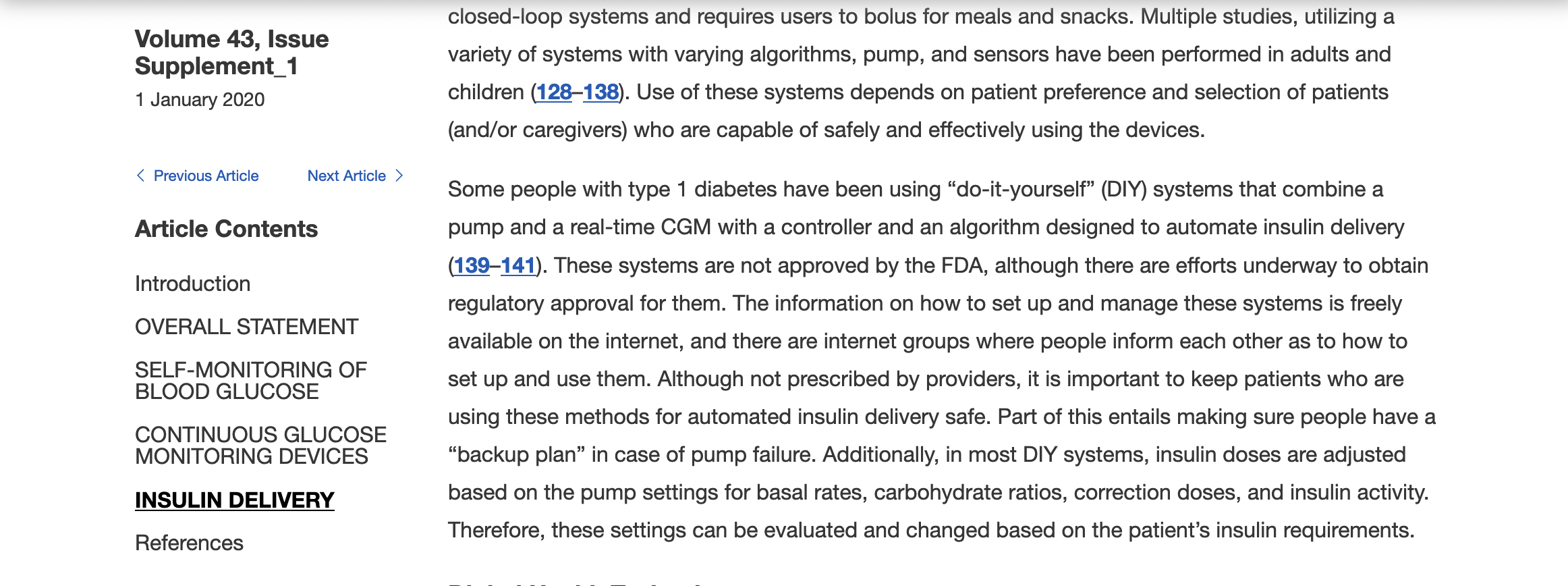
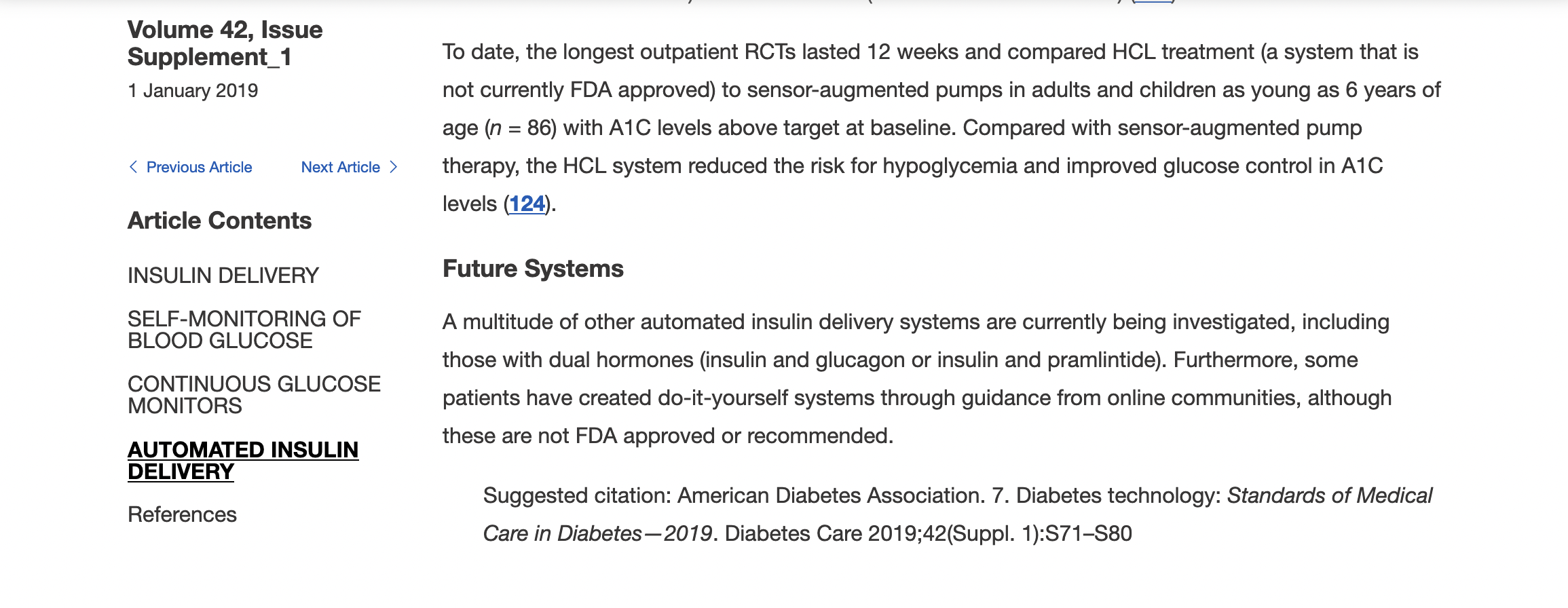
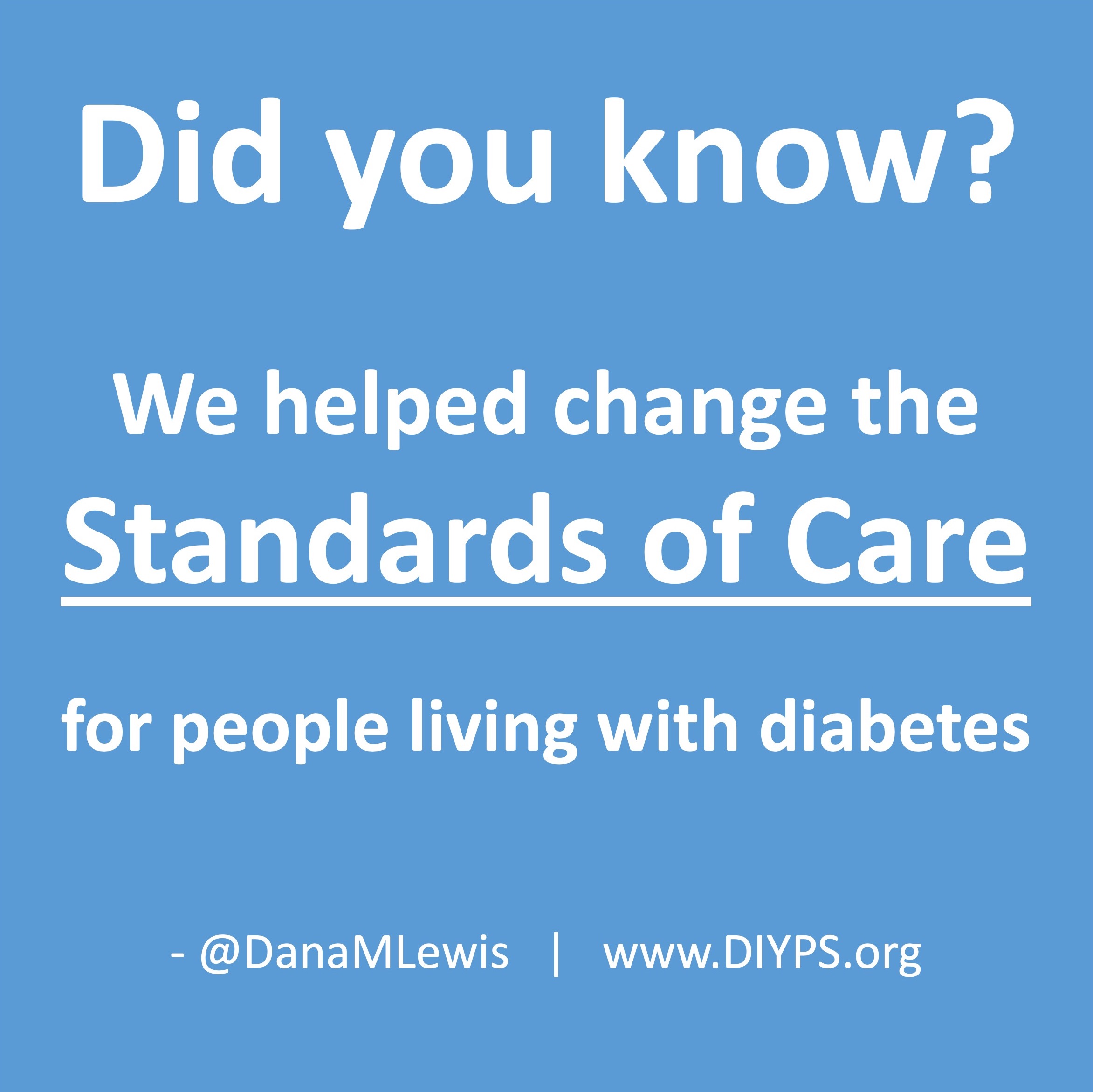
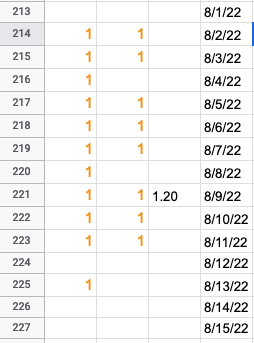

Recent Comments